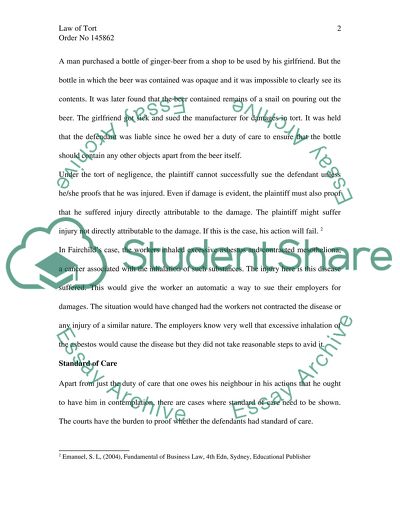Cite this document
(Fundamentals of Business Law: The Tort of Negligence Case Study, n.d.)
Fundamentals of Business Law: The Tort of Negligence Case Study. https://studentshare.org/law/1500788-law-of-tort-fundamentals-of-business-law
Fundamentals of Business Law: The Tort of Negligence Case Study. https://studentshare.org/law/1500788-law-of-tort-fundamentals-of-business-law
(Fundamentals of Business Law: The Tort of Negligence Case Study)
Fundamentals of Business Law: The Tort of Negligence Case Study. https://studentshare.org/law/1500788-law-of-tort-fundamentals-of-business-law.
Fundamentals of Business Law: The Tort of Negligence Case Study. https://studentshare.org/law/1500788-law-of-tort-fundamentals-of-business-law.
“Fundamentals of Business Law: The Tort of Negligence Case Study”. https://studentshare.org/law/1500788-law-of-tort-fundamentals-of-business-law.


